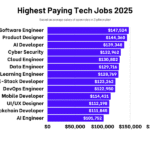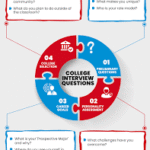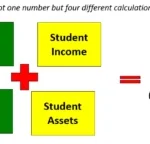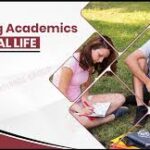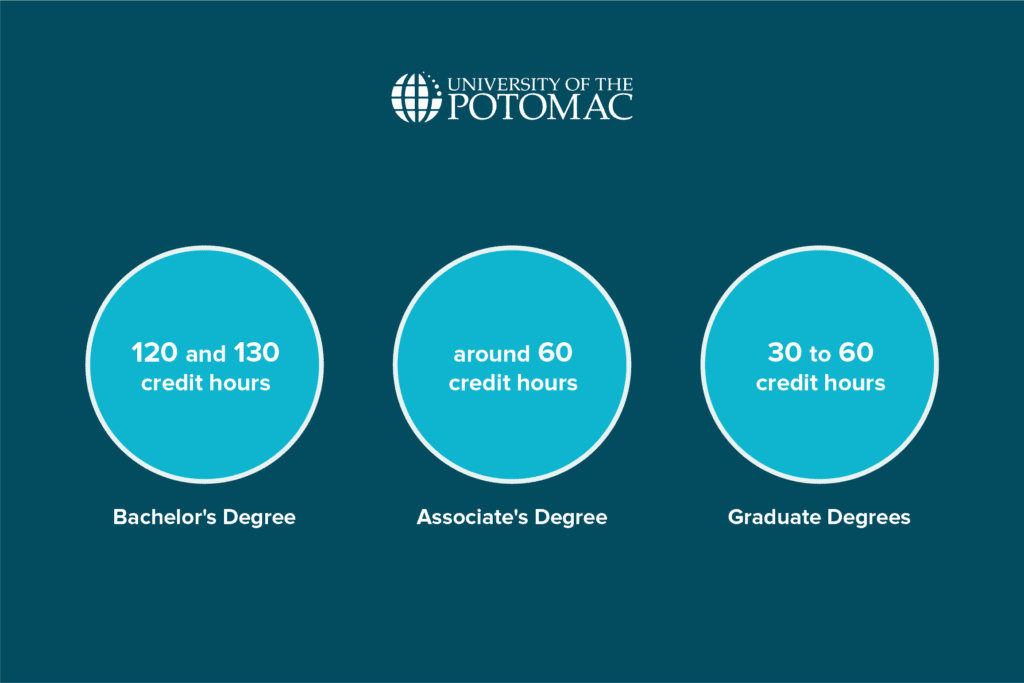If you’re a foreign student who intends to study in the US, you’re undoubtedly wondering:
Am I allowed to work while studying?
The answer is yes, but with a few rules and conditions. The U.S. government does allow international students to work—but only within specific guidelines depending on your visa type, your academic status, and the kind of work you want to do.
In this guide, we’ll walk you through the work options available to international students in the U.S. and how to make the most of them legally and wisely.
What Visa Do You Need?
Most international students in the U.S. are on the F-1 student visa, which is issued to individuals enrolled in academic programs. This visa allows full-time study at accredited institutions—but work opportunities are regulated under this visa to ensure students prioritize their studies.
Can You Work on an F-1 Student Visa?

Yes—but only under certain categories. As an F-1 visa holder, you’re allowed to work in the following ways:
1. On-Campus Employment
This is the most accessible option for international students.
- 🕐 Start Time: From your first day of classes
- 📍 Location: Must be within the university campus (e.g., cafeteria, library, lab, bookstore)
⏱️ Work Cap: During semesters, up to 20 hours per week, and full-time during official breaks
✅ No additional work authorization is required, but always inform your Designated School Official (DSO).
2. Curricular Practical Training (CPT)
- Working off campus in a position closely linked to your major is one way that CPT enables you to obtain practical experience.
*When: Usually following the conclusion of one full academic year
- ✅ Authorization: Must be approved by your university and entered in SEVIS
- 💼 Examples: Paid internships, co-op programs, or practical training required as part of your course
⚠️ You must receive CPT approval before starting the job. No exceptions.
3. Optional Practical Training (OPT)
OPT gives you the opportunity to work off-campus in your field of study after graduation or while you’re still enrolled.
- 📅 Duration: Up to 12 months, with a 24-month extension available for STEM majors
- 📝 Application: Requires approval from USCIS and a work permit (EAD card)
- 💡 When:
- Pre-completion OPT: During studies
This is one of the most popular work options for international graduates seeking hands-on experience.
Can You Work Off-Campus Without CPT or OPT?
No. Working off-campus without proper authorization is considered a violation of your visa status and can result in serious consequences—including termination of your student visa or even deportation.
Always speak to your Designated School Official (DSO) before accepting any work offer, paid or unpaid.
What Happens After Graduation?
Once you complete your OPT, you may still have opportunities to stay and work in the U.S., depending on your field and employer. Here are a few paths:
- For qualified STEM degree holders, the STEM OPT Extension (24 months) is available. For skilled workers, the H-1B Work Visa necessitates employer sponsorship. Graduate School allows you to continue your education and prolong your F-1 status.
- Green Card (Permanent Residency) – through employer or family sponsorship
Each option has its own process and timelines, so planning ahead is key.
Tips for International Students Who Want to Work
To stay on the right track and make the most of your work opportunities in the U.S.:
- ✅ Always confirm eligibility with your DSO
- 🎓 Focus on maintaining your academic performance
- ⏰ Apply for OPT or CPT early—it takes time
- 🛠️ Build your resume through internships and campus jobs
- 🌐 Network actively through LinkedIn, events, and career fairs
Final Thoughts
Yes, international students can work in the U.S., but you need to follow the rules closely. Whether it’s a part-time job at your university or a full-time internship through CPT or OPT, the U.S. offers great chances to gain experience while you study.
By understanding the guidelines and planning ahead, you can boost your career, build your network, and make your time in the U.S. more rewarding both academically and professionally.
